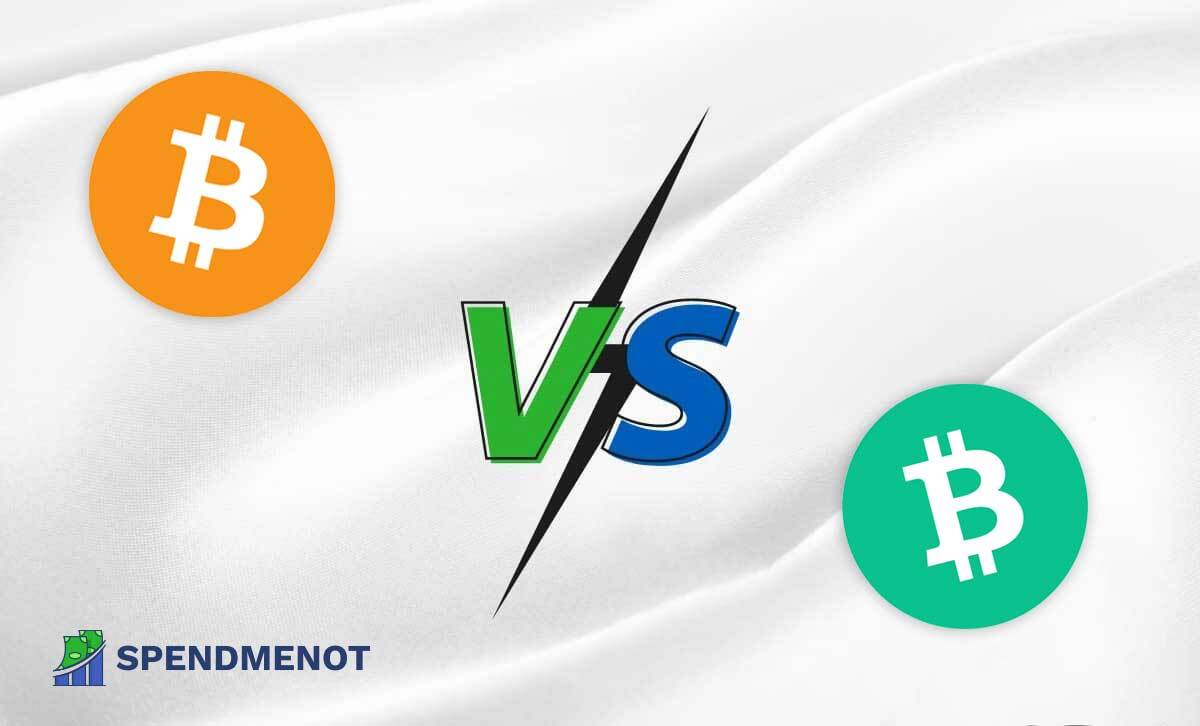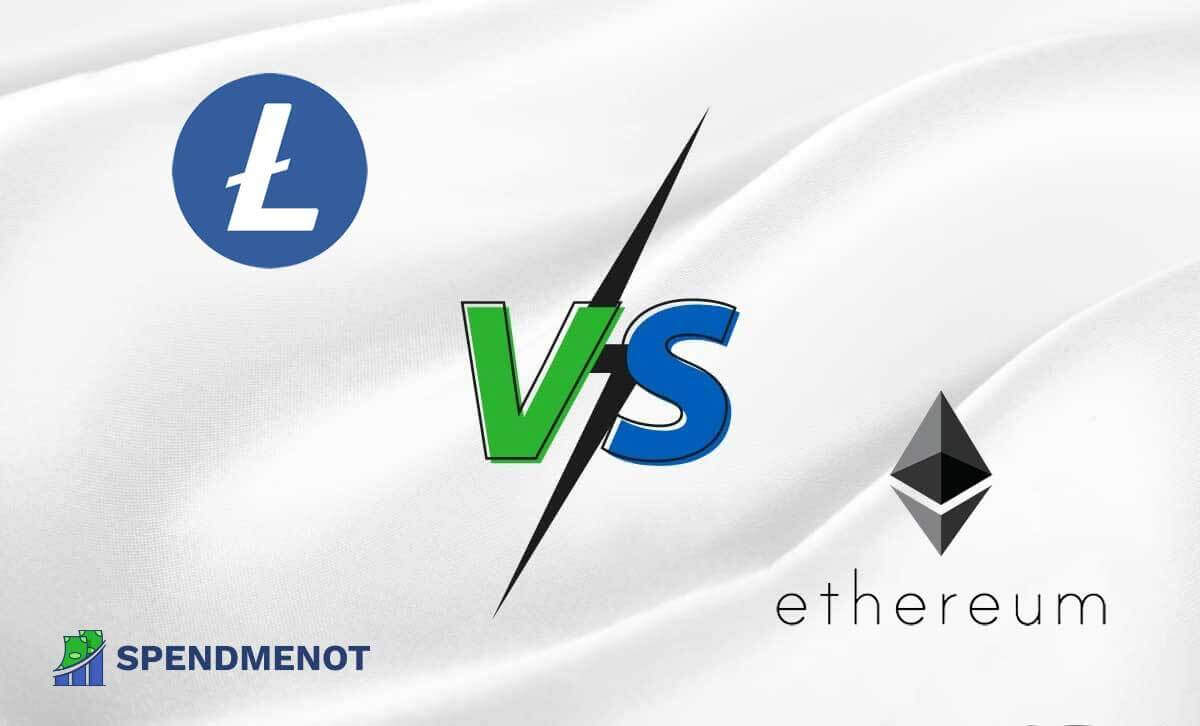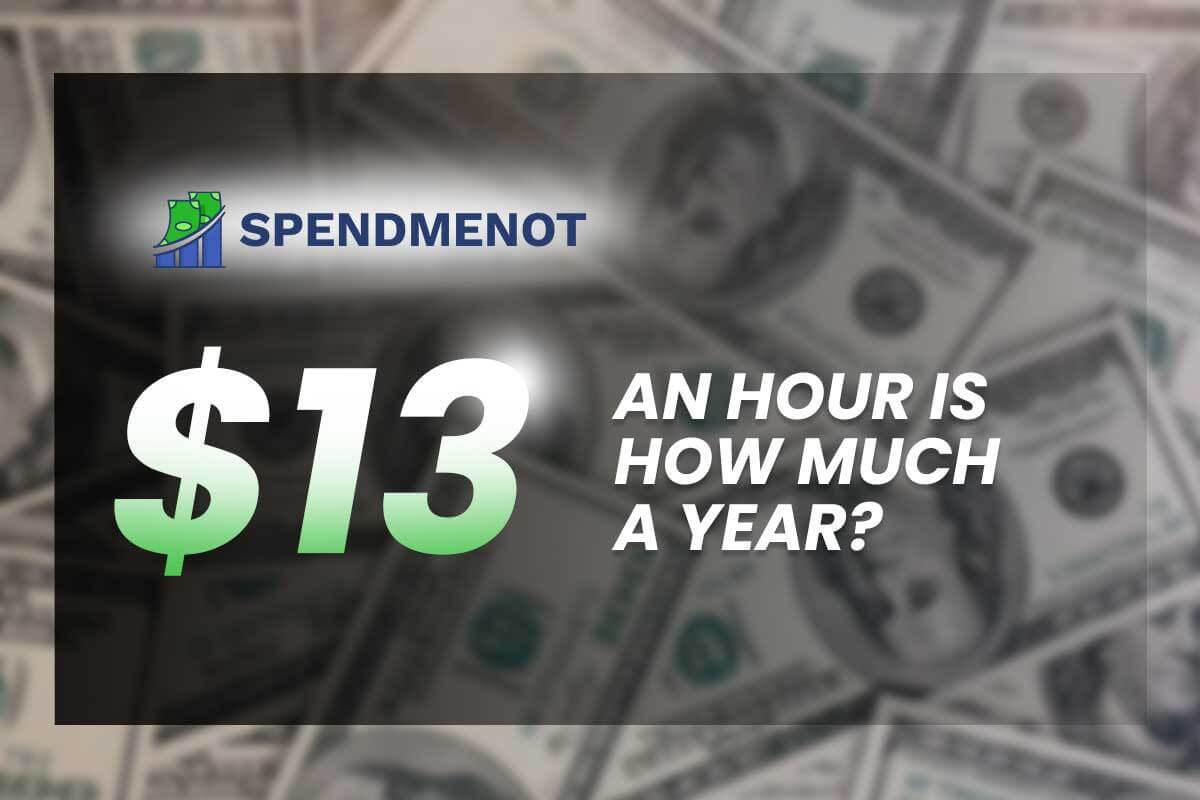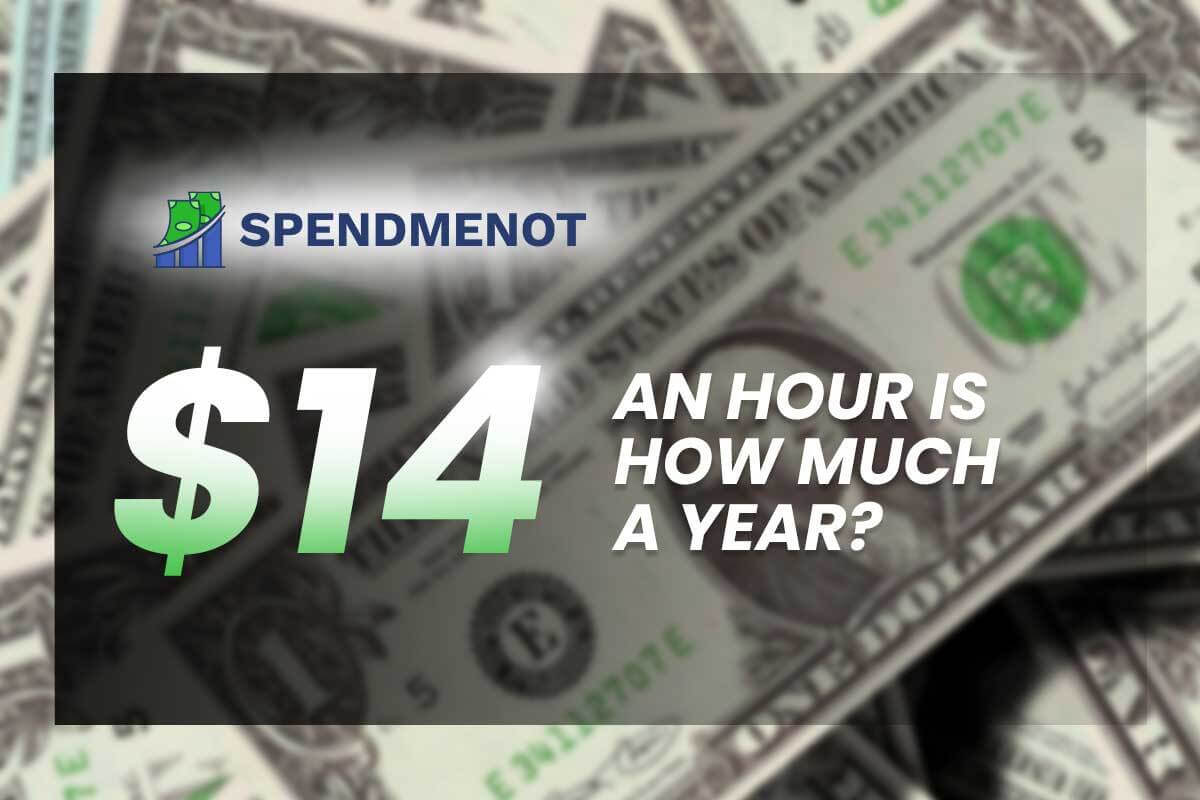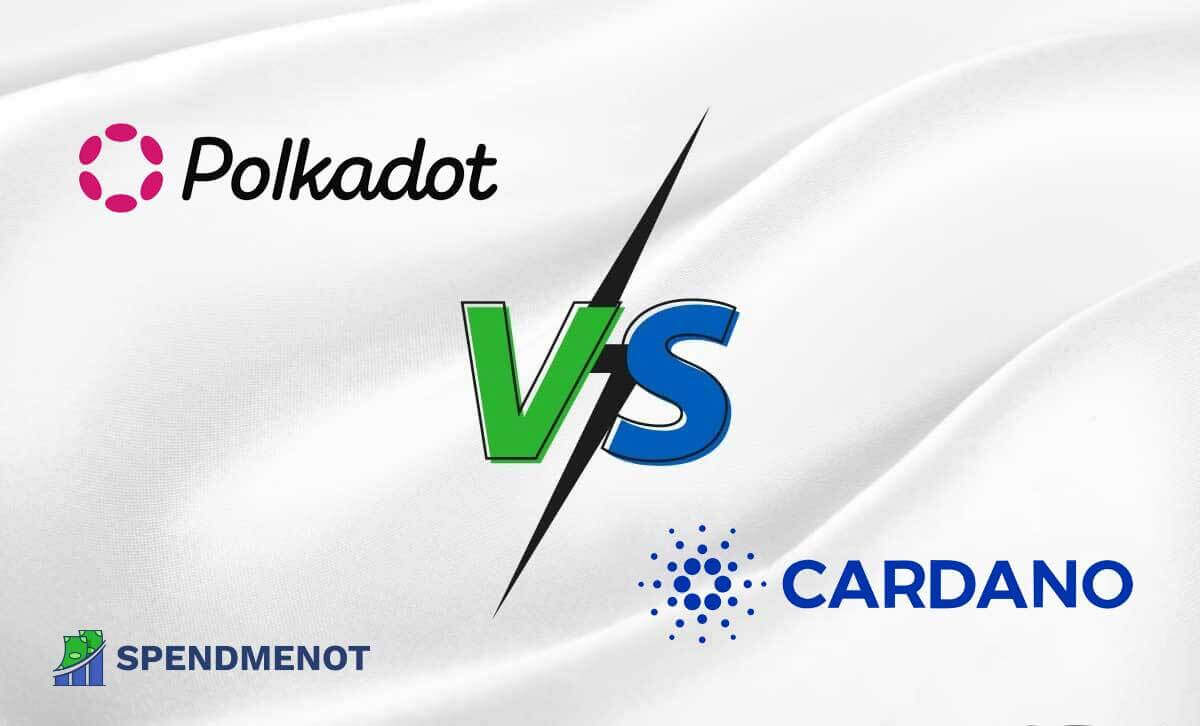What Is Crypto Lending?
Last Updated: January 12, 2023
So much for billionaires with dormant or lifeless social media handles. Not Elon Musk, though. The wealthiest man on earth shares posts that can sometimes be foreshadowing.
In October 2021, the Tesla CEO shared a meme of a couple lying in bed looking at a screen showing Bitcoin trading at $69,000. On the same day, the coin peaked at $66,600 and closed at $62,210.
Musk’s meme proved prophetic when the cryptocurrency hit the quoted price on November 10. That’s why nobody wants to let go.
Meanwhile, how do investors benefit? Crypto lending — let us break it down.
What Is Crypto Lending?
Crypto lending took off in 2020 amid the pandemic, which forced investors to look for alternative ways to make their assets work for them. This trend appealed to them because they could lend their coins and quickly access fiat currencies without selling their positions.
The crypto lending industry further took a futuristic turn in January 2022, when crypto lender Genesis announced it would be accepting Non Fungible Tokens (NFTs) as collateral for loans.
But what is crypto lending?
HODL — an acronym for Hold on for Dear Life is commonly used by crypto & Bitcoin enthusiasts to refer to clinging to digital assets in anticipation of future appreciation. Since selling is not an option, how can the value of these digital assets be unlocked?
Crypto lending is an emerging trend in Decentralized Finance (DeFi), where investors lend their Bitcoin and altcoins in exchange for interest payments similar to a high-yield savings account.
The interest payments, also known as crypto dividends, trickle in weekly or monthly. This allows investors to generate passive income from lending crypto assets.
For instance, borrowers can access loans from a platform like Salt Lending using Bitcoin as collateral. Investors, on the other hand, get interest payments off the transaction.
The interest payments range between 3% to 7% or much higher up to 17% for stable assets. The higher the Bitcoin interest rates, the more an investor profits.
Savings accounts with the highest crypto lending rates include Crypto.com, Gemini, Coinbase, and Blockfi.
Celsius, Nexo, Ledn, and Outlet Finance also have competitive crypto lending interest rates.
On another note, you might have heard that Bitcoin mining is costly. Besides being an electricity guzzler, it requires top-of-the-line equipment. The good news is miners can now access Bitcoin mining loans from Nexo and use the crypto loans to cover these costs.
How Crypto Lending Works
In a traditional transaction, an intermediary is required to establish trust. The same applies to Bitcoin lending.
The third party in crypto lending and borrowing is an exchange.
The process of applying for a crypto-loan is well defined, as illustrated below:
- The borrower identifies the best platform.
- They then sign up and fill in the amount of digital money they would like to borrow.
- The platform calculates how much cryptocurrency will be needed to secure the specified amount.
- The borrower makes a crypto deposit and will not repossess the staked amount until they pay their loan in full.
- Once everything tallies, the investor advances the loan via the platform.
- The investor will then receive regular interest payments until the loan matures.
- The cryptocurrency collateral is reverted once the borrower pays back the digital loan.
Collateralized Crypto Lending
Crypto loans are secured loans that borrowers take out from crypto lending exchanges or platforms.
The lending blueprint is the same as a mortgage, car, or personal loan. The only deviation is that the borrowers use Bitcoin or altcoins as collateral instead.
Goldman Sachs is exploring the possibility of Bitcoin-backed loans, which could trigger the entry of crypto-lending banks into the market. To make this happen, the lender is investing in blockchain technology.
While the big boys are yet to capitalize on the new opportunity, some visionary microfinance banks have seized the chance. The smaller institutions have embraced crypto micro-lending to issue low-cost loans.
Crypto-backed loans are accessible on various BTC loan sites like Blockfi, NIO, and Binance.
Since these Bitcoin lending platforms are centralized, they must adhere to specific rules and procedures to remain compliant.
After opening an account with a preferred platform, you will undergo Know Your Customer (KYC) background checks. The rationale behind this is to prevent money laundering and fraud.
Instructively, some of these lending platforms protect crypto assets via insurance. Alternatively, they store the assets in cold storage away from an internet connection.
All deposits and withdrawals are recorded using blockchain technology.
Crypto Lending Without Collateral
In traditional finance, when a borrower approaches a financial institution for a loan, they are asked to deposit collateral as insurance in case they default on payment. The most common types of collateral are real estate, inventory, cash, and invoices.
However, the fast growth of the cryptocurrency industry has yielded a new type of instrument — Cryptocurrency loans without collateral.
How does that even work?
Borrowers can access Bitcoin loans without collateral, but the catch is they must pay back the crypto loan in the same transaction that they bought it with.
Sounds confusing? Allow me to elaborate.
Cryptocurrency loans are advanced to borrowers for a very short time, like 13 seconds, after which they are required to pay back the crypto/Bitcoin lenders.
What can a borrower possibly do with the funds within the 13 seconds window?
There are three main uses of unsecured cryptocurrency loans.
- Trading arbitrage
- Collateral swap
- Self-liquidation
Trading Arbitrage
Trading arbitrage allows investors to buy a token from one exchange and sell it on another platform at a higher price.
For instance, an investor can buy $100 million worth of Litecoin on Coinbase and sell it for a higher fee, like $101 million on Gemini. The investor will have made a cool $1 million without using their own dime.
However, this type of trades got saturated as bots proliferated the industry.
Collateral swap
In collateralized cryptocurrency lending, borrowers must deposit cryptocurrencies or fungibles to access Bitcoin loans.
To access their collateralized assets, borrowers must pay back their loans. Collateral swaps allow the borrower to replace the collateral position using unsecured crypto loans.
Self-liquidation
Assuming an investor felt bullish on Ethereum one year ago and bought $200,000 worth of the digital currency. While holding the asset, the investor earned interest by lending the cryptocurrency.
At some point down the line, the investor needed money and took out a loan on that Ethereum. Let’s assume they took out Litecoin worth $15,000.
One year later, it turns out that the investor was right, and the Ethereum is worth a lot more. But to access their Ethereum, they must pay back the Litecoin loan.
An unsecured crypto loan allows such an investor to pay back their Litecoin loan and access their Ethereum holdings.
Once they access their Ethereum, the investor pays back their loans and is now liquid. This all happens without them having to use their own money.
This is how cryptocurrency lending with no collateral works in a nutshell.
What Is DeFi Lending?
Decentralized Finance (DeFi) platforms are automated and unregulated sites that dish out loans to borrowers.
DeFi deploys a Peer to Peer (P2P) network to map decentralized applications, enabling everyone to connect and manage their assets regardless of their status and location. This means that you can access a Bitcoin loan without verification or undergoing a meticulous Know Your Customer (KYC) background check.
The idea behind this frontier is to provide an open-source, transparent, and liberal financial service environment.
How to Borrow Crypto
Getting a cryptocurrency loan on a DeFi platform is relatively seamless.
Once you apply for a loan, the next step is to deposit your Bitcoin as collateral to a cyber wallet specified by the lending platform. This process is powered by smart contracts.
You can apply for Bitcoin loans of varying amounts without providing a proven identity to a third party.
Investors can also rake in interest payments through lending Ethereum or any other digital asset.
DeFi platforms accept stablecoins like USDC, fiat currencies like USD, and cryptocurrencies like Bitcoin and Ethereum.
What to Consider
Whereas the benefits of leveraging your blockchain currencies to acquire a loan are plenty, you should consider several important factors.
Lack of a regulator
The crypto market operates without a regulator, which bodes bad news if borrowers default on their loans.
Although there are platforms in the market that have extra layers of protection, such as Kucoin, renowned for lower lending risk, recovering your money or collateral is difficult.
Lack of access to assets
You cannot access your cryptocurrency collateral if you have not paid your BTC loan in full. You won’t make any transactions as well.
This can be bad news if the currency’s value plummets or when you need physical money in a hurry.
Varying repayment terms
Crypto lending platforms operate differently. Some only dish out BTC loans on short tenors, subjecting borrowers to a less than 12 months repayment deadline. Others allow borrowers to draft their own repayment schedule.
Being sure of your capacity to repay the loan is vital.
Eligibility
Crypto lending programs can reject an asset you hand in as collateral.
In such a scenario, you will be required to trade your currency for an eligible asset. This might be inconvenient if you prefer to hold on to your cryptocurrency.
Interest accounts withdrawals can be slow
Ideally, you should be able to hand in a withdrawal request from a crypto interest account whenever you want and get your funds. However, funds could take days to be processed, depending on the virtual coin exchange.
Investors should scout for the best crypto lending platform to avoid running into such hiccups.
Uninsured interest accounts
While funds in a traditional bank account are covered, crypto loans aren’t federally insured.
Supposing an exchange does not happen, your blockchain investment could be wiped clean.
Margin calls
In Bitcoin lending, a margin call occurs when the collateral’s value drops below a certain point, and the lender requires you to add to your existing holding to maintain the loan.
The likelihood of a margin call occurring is high because cryptocurrency is volatile.
Benefits of Crypto Lending
Cryptocurrency lending benefits are plenty and are the driving force behind why the frontier is gaining traction. They include:
Crypto lending is more accessible
The process of acquiring a loan from a traditional bank is very tedious. Borrowers are requested to present tonnes of personal documents such as their social security number and government-issued ID. They are also asked for bank statements and proof of employment. In addition, borrowers with a low credit score are unlikely to get a loan or the amount they need.
Blockchain lending disrupts this and has allowed borrowers to access cyber money promptly. It’s also a fresh breath of air from the numerous conditions by microlenders such as Back Wallet for small loans.
Prompt loan processing
In crypto lending, Bitcoin loans are instant. Requests are typically processed within 24 hours.
Although confirming your ID is required, crypto platforms don’t insist on scanning through a mountain of documents to determine eligibility for a Bitcoin loan. This is in stark contrast to banks and top lending companies, where it may take weeks for a loan to be approved. Even for customers with the best collateral.
Lower fees
Traditional banks are notorious for slapping borrowers seeking currency conversion with hefty fees and poor exchange rates. In contrast, fee structures in crypto lending are lower.
Bitcoin lending sites also present a borrower with a list of available currency options. The onus is on them to choose the currency they prefer to be paid.
Some of the best Bitcoin lending providers in terms of fees include:
- Blockfi
- Lendabit
- YouHolder
- Btcpop
- Celsius Network
BlockFi
Opening an account with BlockFi can be done in a couple of easy steps. Before you know it, you will start earning up to 8.6% of interest annually. BlockFi lets your crypto do the work for you by allowing you to lend Bitcoin for interest and earn monthly payments in the deposited asset type. You can earn compound interest in crypto, resulting in increasing your assets.
- High-yielding account available to non-US users
- Loan duration: 12 months
- Lenders can withdraw at any time
Opening an account with BlockFi can be done in a couple of easy steps. Before you know it, you will start earning up to 8.6% of interest annually. BlockFi lets your crypto do the work for you by allowing you to lend Bitcoin for interest and earn monthly payments in the deposited asset type. You can earn compound interest in crypto, resulting in increasing your assets.
LendaBit
LendaBit is a peer-to-peer lending marketplace that offers crypto-backed loans. If you are looking to take out a Bitcoin- or Ether-backed loan in Tether with a term length of one day to three years and don’t mind the withdrawal and system fees, this may be the place for you.
- 0% interest for the first 45 days
- No prepayment penalties
- Wallet services provided by BitGo
LendaBit is a peer-to-peer lending marketplace that offers crypto-backed loans. If you are looking to take out a Bitcoin- or Ether-backed loan in Tether with a term length of one day to three years and don’t mind the withdrawal and system fees, this may be the place for you.
YouHodler
Launched in 2018, YouHodler is a Swiss-based fintech company that lets its customers take out crypto-backed fiat, crypto, and stablecoin loans. Loan terms range from 30 to 180 days, interest rates start at 2.5%, there are no additional platform charges, and applications are processed almost instantly.
- Minimum loan amount is $100
- LTV goes up to 90%
- 24/7 support via live chat and email
Launched in 2018, YouHodler is a Swiss-based fintech company that lets its customers take out crypto-backed fiat, crypto, and stablecoin loans. Loan terms range from 30 to 180 days, interest rates start at 2.5%, there are no additional platform charges, and applications are processed almost instantly.
BtcPop
BtcPop allows for a quick Bitcoin income by getting loans from other members or loaning it yourself. It offers easy-to-use services that result in your getting the assets you need. They deal with multiple currencies and even offer new rising altcoins.
- Lenders can withdraw at any time
- Deposit limit: No deposit limit
- Accepts multiple cryptocurrencies
BtcPop allows for a quick Bitcoin income by getting loans from other members or loaning it yourself. It offers easy-to-use services that result in your getting the assets you need. They deal with multiple currencies and even offer new rising altcoins.
Celsius Network
The Celsius Network platform offers their users curated services that are otherwise unavailable through traditional institutions. You can sign up for an instant Bitcoin loan with no credit check. It lets you earn interest on crypto and at the same time borrow against it. Use this code "156414f3e7" to get $20 in BTC.
- Platform charges: No fees
- Loan duration: 6 or 12 months terms
- Accepts multiple cryptocurrencies
The Celsius Network platform offers their users curated services that are otherwise unavailable through traditional institutions. You can sign up for an instant Bitcoin loan with no credit check. It lets you earn interest on crypto and at the same time borrow against it. Use this code "156414f3e7" to get $20 in BTC.
Flexibility
In loan negotiations, banks dictate the terms. They also work in tandem with the best loan companies, meaning finding more favorable terms from another lender is nearly impossible.
However, top crypto lending platforms offer borrowers the opportunity to customize their digital loans. Borrowers can determine the tenor of the loan, the loan-value ratio, and what stablecoin or currency they prefer to be paid.
Similarly, borrowers can get a Bitcoin loan from the best Bitcoin platforms with the most flexible cryptocurrency repayment schedules.
Some platforms don’t require the borrower to make mandatory monthly payments. They only demand the loan be paid in full once it is due. Others dangle lower crypto interest rates if you pay in a specified cryptocurrency.
Crowdfunding
Crowdfunding is an innovative way to pool funds for a worthwhile cause. However, cross-border payments can derail the goal due to the disproportionately high fees.
Luckily, cryptocurrency crowdfunding solves this problem due to low fees and lack of a middleman such as banks or PayPal.
Wrap Up
In 2011, when Bitcoin was worth $12, eleven-year-old Erik Finman borrowed $1,000 from his grandmother to invest in the virtual currency.
By the end of 2013, the original crypto coin was worth $1,200. The digital currency investment had propelled him to dollar millionaire status.
Before the digital cash revolution, the only way Erik Finman would break out was through the revolving door of a bank.
Cryptocurrency lending is just taking off and is disrupting the market significantly. Who knows where the industry will be in the next ten years.
If you aspire to be the next Erik Fineman off borrowing or lending coin, you must thoroughly scrutinize cryptocurrency exchanges to find a genuine platform. Once you do that, you will be much closer to your dream.
FAQ
Crypto lending is safe on reputable exchange platforms. Before committing, research the best crypto lending exchanges.
Lend Coin is a decentralized finance platform that enables people to borrow and lend crypto.
Yes, it is. Investors earn interest payments from their digital assets instead of selling them. However, there are risks such as illegitimate exchange platforms, volatility, and borrowers who default on loans.
Do your homework to avoid losing your investment.
It makes sense to get a crypto loan when you prefer to hold on to your digital assets but need physical money quickly.






